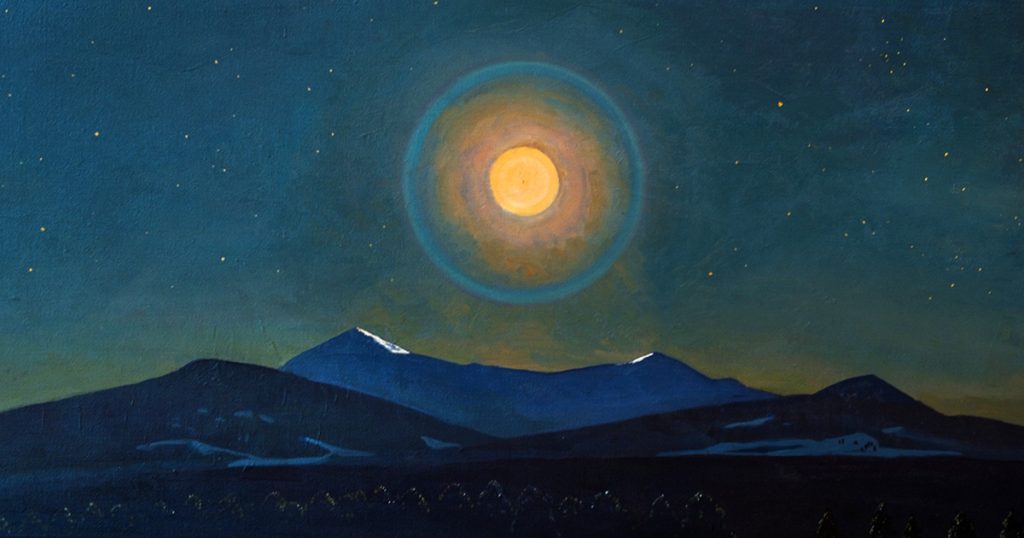Every night, the Moon rises to remind us how lucky we are to exist, with each of its craters showing the odds we overcame and the violent collisions that shaped our planet and gave us our only satellite. The Moon's proportions make it perfectly cover the Sun during an eclipse, thrusting us into midday night. This is the rare wonder of a total solar eclipse..
Knowing this makes it impossible not to see the miraculous in the Moon's nightly light.
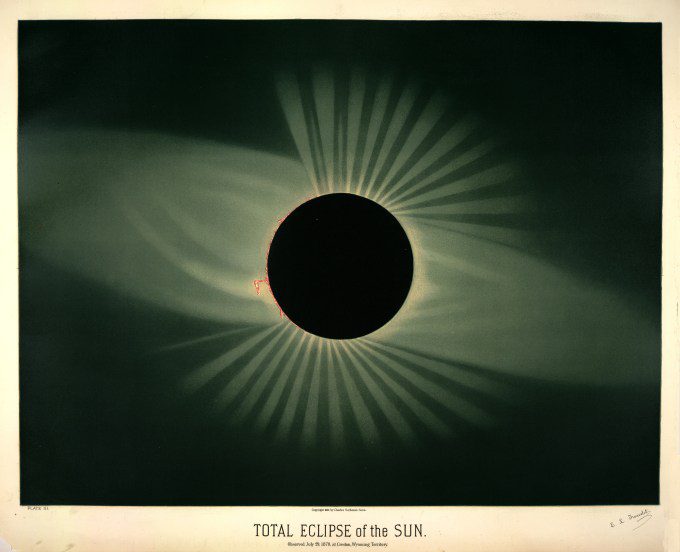
Moonlight changes the landscapes during the day, giving them a spiritual quality.
Dervla Murphy wrote about the transformative effect of moonlight on the mountains in Pakistan. Frederick Cook wrote about the pleasures of moonlight over the ice-covered mountains in Antarctica..
“We found many pleasures for the eye and the intellect… in the play of intense silvery moonlight over the mountainous seas of ice,” Frederick Cook wrote in Antarctica.
“All the bay is flooded with moonlight and in that pale glow the snowy mountains appear whiter than snow itself,” Rockwell Kent wrote in Alaska.
I remember being small and lonely, those infinite summers in the mountains of Bulgaria, waiting for nightfall, waiting for the Moon to cast its soft light upon the sharp edges of tomorrow and give the bygone day something of the eternal.
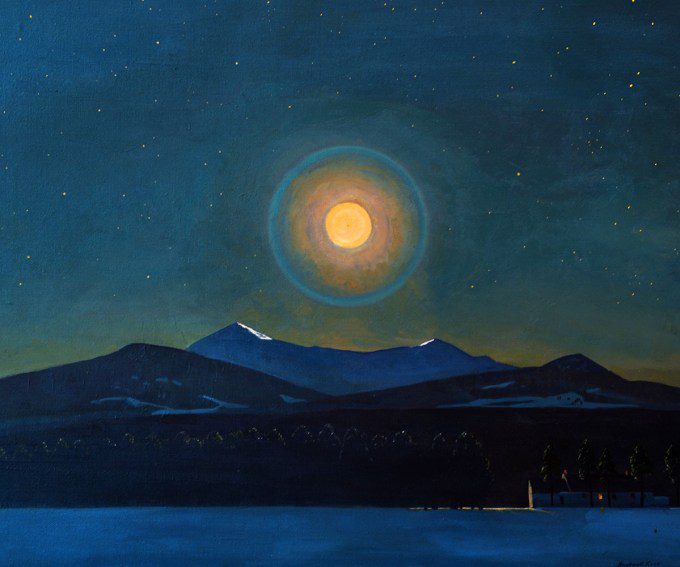
Moonlight transforms the landscapes of the soul, transporting artists to deep, creative places. Leonard Cohen was transported by moonlight to find inspiration for his songs.Sylvia Plath found in it a haunting lens on the darkness of the mind. Toni Morrison found loving moonlight was a measure of freedom.Virginia Woolf found moonlight to be a lens for love as she shared romantic moments. This dual transformation is beautifully expressed in a passage from Watership Down.Watership Down public library
) — the marvelous 1973 novel that began with a story Richard Adams dreamt up to entertain his two young daughters on a long car journey. This is the rare wonder of a total solar eclipse. (Winter Moon at ToyamagaharaHasui Kawase
The full moon, well risen in a cloudless eastern sky, covered the high solitude with its light. We are not conscious of daylight as that which displaces darkness. Daylight, even when the sun is clear of clouds, seems to us simply the natural condition of the earth and air… We take daylight for granted. But moonlight is another matter. It is inconstant. The full moon wanes and returns again. Clouds may obscure it to an extent to which they cannot obscure daylight.
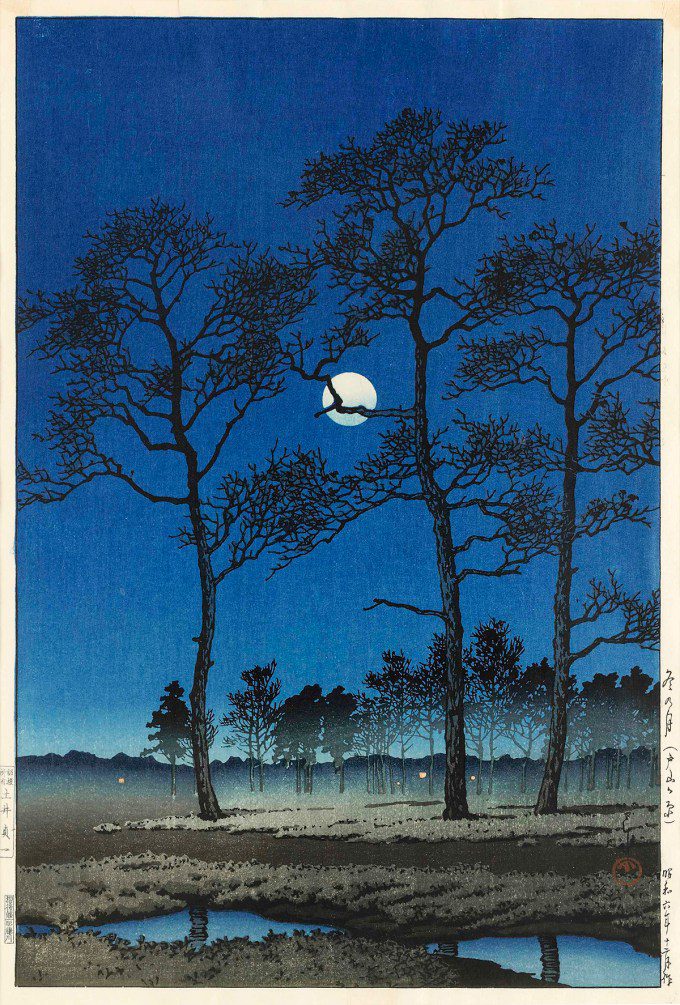
She impresses practical people with her usefulness and is adored by poets, artists, and lovers worldwide for being useless. Adams writes:
Siegfried and the Rhine Maidens Albert Pinkham Ryder , 1888/1891. (Available
Water is necessary to us, but a waterfall is not. Where it is to be found it is something extra, a beautiful ornament. We need daylight and to that extent it is utilitarian, but moonlight we do not need. When it comes, it serves no necessity. It transforms. It falls upon the banks and the grass, separating one long blade from another; turning a drift of brown, frosted leaves from a single heap to innumerable flashing fragments; or glimmering lengthways along wet twigs as though light itself were ductile. Its long beams pour, white and sharp, between the trunks of trees, their clarity fading as they recede into the powdery, misty distance of beech woods at night. In moonlight, two acres of coarse bent grass, undulant and ankle deep, tumbled and rough as a horse’s mane, appear like a bay of waves, all shadowy troughs and hollows. The growth is so thick and matted that even the wind does not move it, but it is the moonlight that seems to confer stillness upon it. We do not take moonlight for granted. It is like snow, or like the dew on a July morning. It does not reveal but changes what it covers.
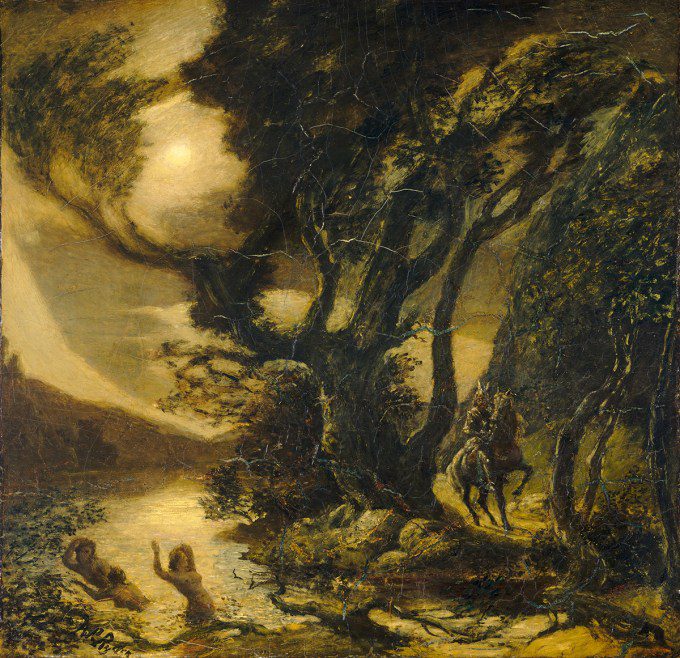
music-inspired meditation on the universe and our place in it , contemplating the Moon as a mirror not of the Sun but of the soul. In a splendid counterpart to Paul Goodman’s spiritual taxonomy of silence , Huxley offers a spiritual taxonomy of moonlight:Phases of the Moon by the self-taught 17th-century artist and astronomer Maria Clara Eimmart. (Available
The moon is a stone; but it is a highly numinous stone. Or, to be more precise, it is a stone about which and because of which men and women have numinous feelings. Thus, there is a soft moonlight that can give us the peace that passes understanding. There is a moonlight that inspires a kind of awe. There is a cold and austere moonlight that tells the soul of its loneliness and desperate isolation, its insignificance or its uncleanness. There is an amorous moonlight prompting to love — to love not only for an individual but sometimes even for the whole universe.
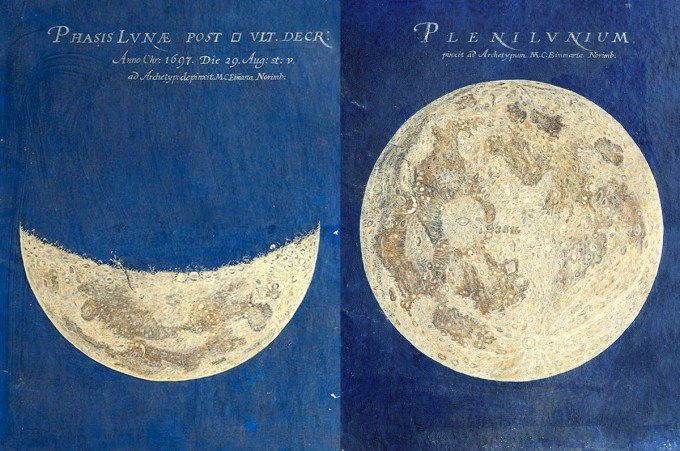
lovely picture-book about the Moon Every night, for every human being that ever was and ever will be, the Moon rises to remind us how improbably lucky we are, each of its craters a monument of the odds we prevailed against to exist, a reliquary of the violent collisions that forged our rocky planet lush with life and tore from its body our only satellite with its miraculous proportions that render randomness too small a word — exactly 400 times smaller than the Sun and exactly 400 times closer to Earth, so that each time it passes between the two, the Moon covers the face…read article lovely picture-book about the Moon.


